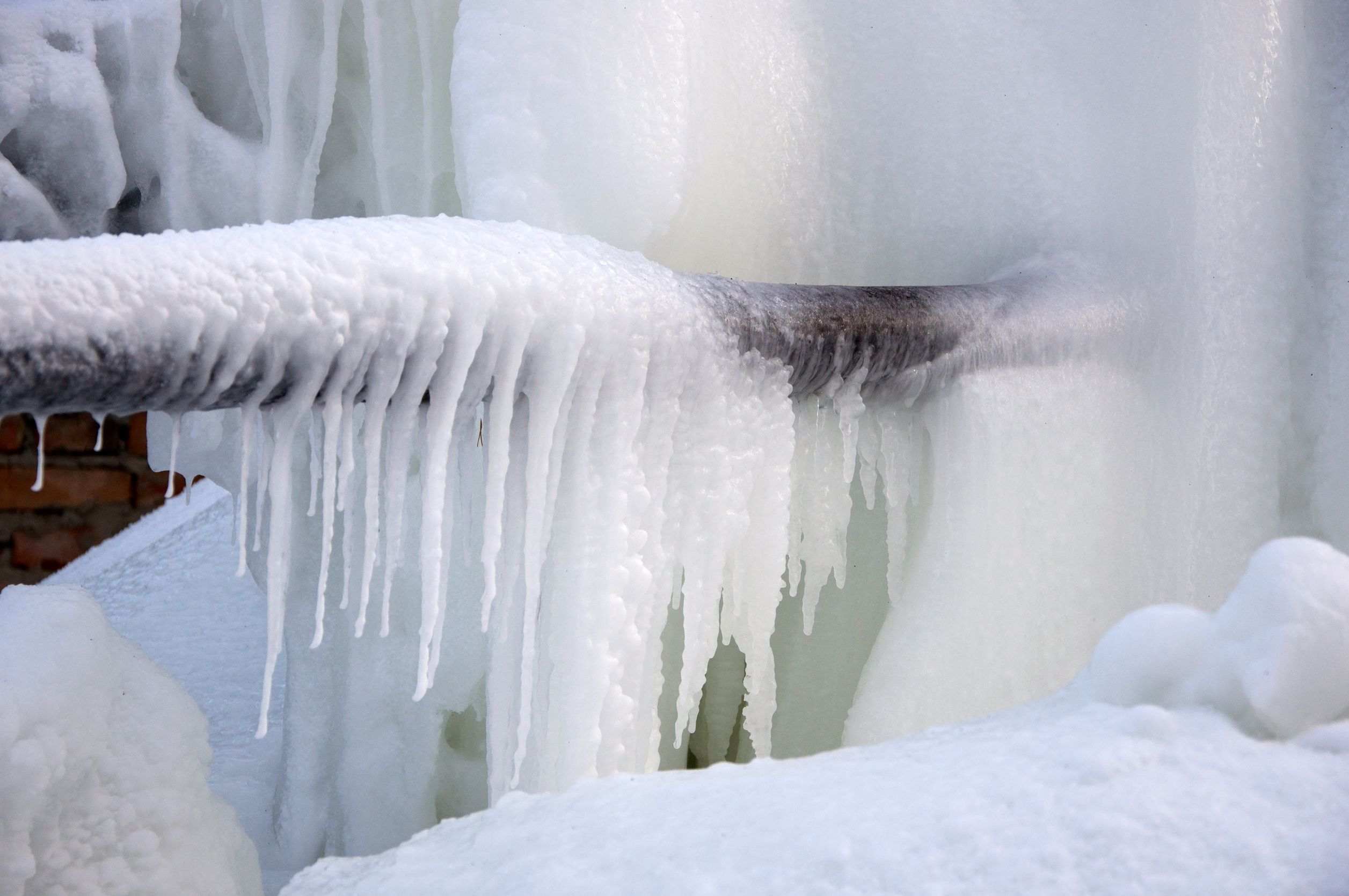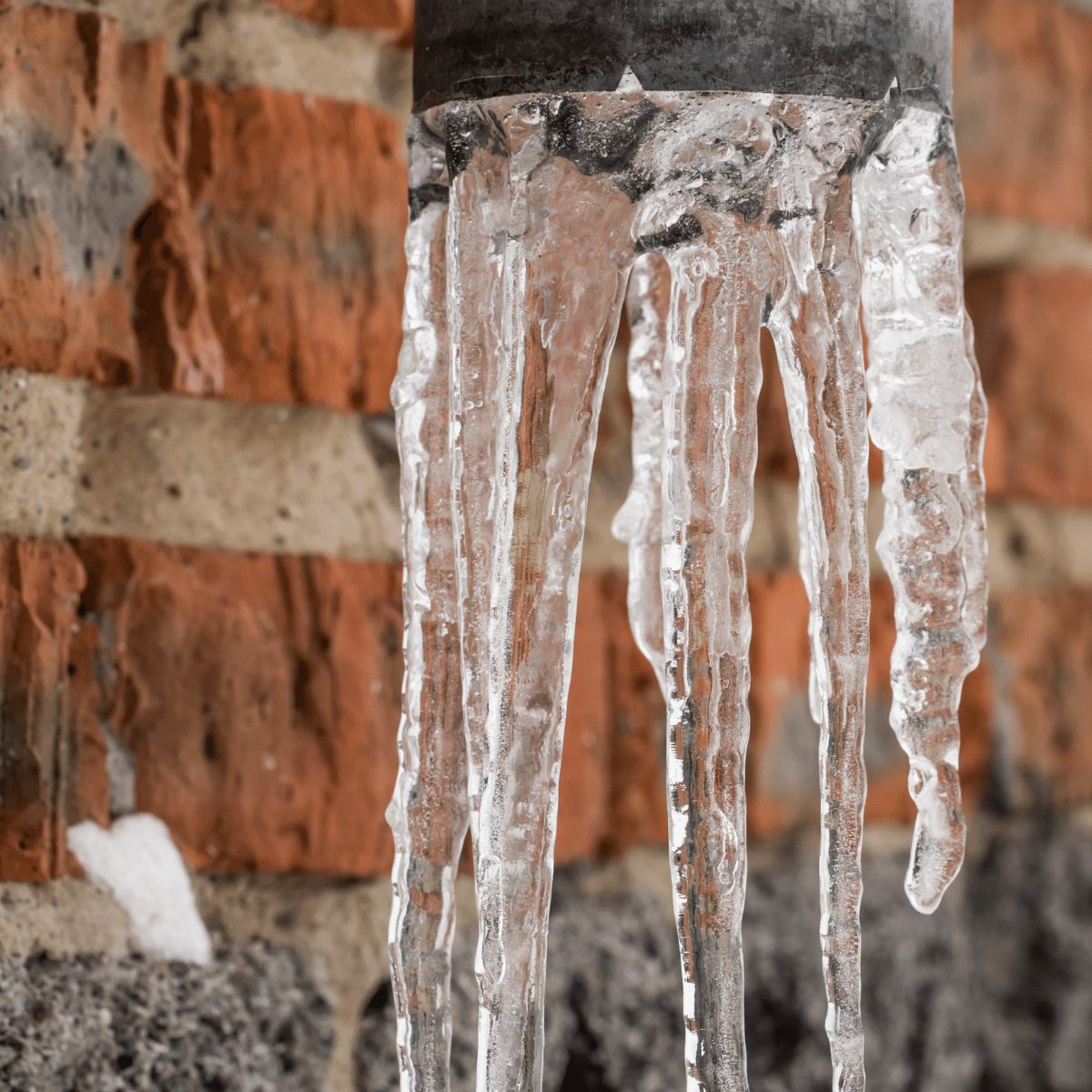Protecting Against Frozen Plumbing in Winter: Professional Advice
Protecting Against Frozen Plumbing in Winter: Professional Advice
Blog Article
What are your beliefs on How To Avoid Freezing Pipes?

Cold weather can wreak havoc on your plumbing, especially by freezing pipelines. Here's just how to stop it from happening and what to do if it does.
Introduction
As temperatures drop, the danger of frozen pipes boosts, potentially leading to pricey repair work and water damage. Recognizing how to avoid icy pipelines is critical for home owners in chilly climates.
Avoidance Tips
Protecting at risk pipelines
Wrap pipelines in insulation sleeves or make use of heat tape to protect them from freezing temperature levels. Concentrate on pipes in unheated or outside areas of the home.
Home heating techniques
Keep indoor areas appropriately heated up, especially areas with plumbing. Open closet doors to permit warm air to distribute around pipelines under sinks.
Exactly how to recognize frozen pipelines
Look for decreased water circulation from taps, uncommon odors or sounds from pipelines, and noticeable frost on exposed pipes.
Long-Term Solutions
Architectural changes
Take into consideration rerouting pipes away from exterior wall surfaces or unheated areas. Add extra insulation to attic rooms, cellars, and crawl spaces.
Upgrading insulation
Purchase top notch insulation for pipelines, attics, and wall surfaces. Appropriate insulation helps preserve consistent temperature levels and lowers the danger of icy pipes.
Securing Exterior Pipes
Yard hoses and exterior taps
Disconnect and drain yard hoses before winter months. Set up frost-proof faucets or cover outdoor taps with insulated caps.
Comprehending Icy Pipes
What creates pipelines to ice up?
Pipes ice up when subjected to temperature levels below 32 ° F (0 ° C) for extended durations. As water inside the pipes freezes, it expands, putting pressure on the pipeline walls and potentially causing them to rupture.
Risks and problems
Frozen pipelines can bring about supply of water disruptions, property damages, and pricey repair work. Ruptured pipelines can flood homes and cause considerable architectural damages.
Signs of Frozen Piping
Determining icy pipelines early can stop them from bursting.
What to Do If Your Pipes Freeze
Immediate actions to take
If you think icy pipes, keep taps available to alleviate stress as the ice melts. Use a hairdryer or towels taken in warm water to thaw pipelines gradually.
Final thought
Preventing icy pipelines requires aggressive measures and fast responses. By comprehending the reasons, signs, and safety nets, property owners can protect their plumbing during winter.
5 Ways to Prevent Frozen Pipes
Drain Outdoor Faucets and Disconnect Hoses
First, close the shut-off valve that controls the flow of water in the pipe to your outdoor faucet. Then, head outside to disconnect and drain your hose and open the outdoor faucet to allow the water to completely drain out of the line. Turn off the faucet when done. Finally, head back to the shut-off valve and drain the remaining water inside the pipe into a bucket or container. Additionally, if you have a home irrigation system, you should consider hiring an expert to clear the system of water each year.
Insulate Pipes
One of the best and most cost-effective methods for preventing frozen water pipes is to wrap your pipes with insulation. This is especially important for areas in your home that aren’t exposed to heat, such as an attic. We suggest using foam sleeves, which can typically be found at your local hardware store.
Keep Heat Running at 65
Your pipes are located inside your walls, and the temperature there is much colder than the rest of the house. To prevent your pipes from freezing, The Insurance Information Institute suggests that you keep your home heated to at least 65 degrees, even when traveling. You may want to invest in smart devices that can keep an eye on the temperature in your home while you’re away.
Leave Water Dripping
Moving water — even a small trickle — can prevent ice from forming inside your pipes. When freezing temps are imminent, start a drip of water from all faucets that serve exposed pipes. Leaving a few faucets running will also help relieve pressure inside the pipes and help prevent a rupture if the water inside freezes.
Open Cupboard Doors
Warm your kitchen and bathroom pipes by opening cupboards and vanities. You should also leave your interior doors ajar to help warm air circulate evenly throughout your home.

As a keen reader on Helpful Tips to Prevent Frozen Pipes this Winter, I figured sharing that article post was a great idea. Feel free to take a moment to distribute this blog if you enjoyed it. Thank you so much for going through it.
Request Your Service Report this page